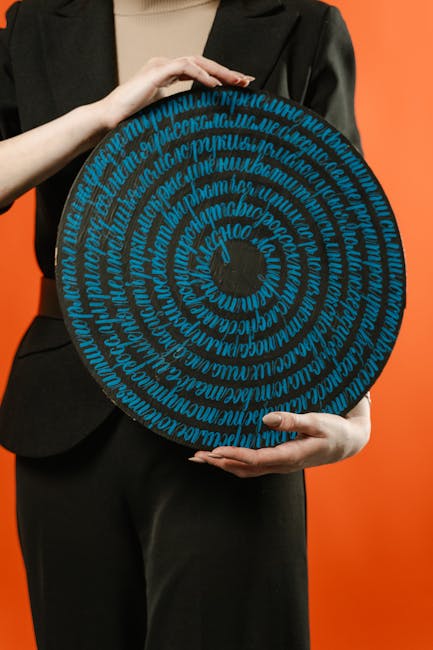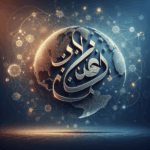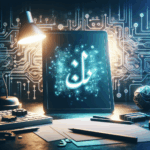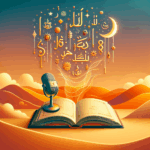The Arabic Alphabet and Its Influence on Modern Calligraphy
Calligraphy is often seen as a bridge between art and language, a beautiful way to communicate stories, emotions, and history. One of the most fascinating alphabets that has shaped the world of calligraphy is the Arabic script. Join me as we explore the enduring influence of the Arabic alphabet on modern calligraphy.
Table of Contents
1. Introduction to the Arabic Alphabet
2. The Art of Arabic Calligraphy
3. Influence on Modern Calligraphy Styles
4. Tools of the Trade: Mastering Arabic Calligraphy
5. Conclusion
6. FAQs
Introduction to the Arabic Alphabet
The Arabic alphabet is an ancient script with a rich history stretching back over a millennium. Comprising 28 letters, it is written from right to left, offering a unique flow and rhythm that has captivated calligraphers worldwide. Its aesthetic appeal lies in its curves and dots, which make it not just a means of communication but also an art form in its own right.
The Art of Arabic Calligraphy
Arabic calligraphy, often referred to as the „art of beautiful writing,“ has been a cornerstone of Islamic art for centuries. It’s more than just writing; it’s a form of artistic expression. Calligraphers use the script to create intricate designs, sometimes incorporating floral and geometric patterns. This art form has been used to decorate mosques, books, and even everyday items, each piece telling its own unique story.
Influence on Modern Calligraphy Styles
Modern calligraphy has taken inspiration from the fluidity and elegance of Arabic script. Many contemporary calligraphers blend traditional elements with modern techniques to create new styles that resonate with today’s aesthetics. These styles incorporate the flowing lines and curves typical of Arabic calligraphy, bringing a timeless elegance to modern design.
Today, we see Arabic-inspired calligraphy in graphic design, digital art, and even tattoo art. Artists appreciate how the script’s natural rhythm and flow can be adapted to various visual forms, making it a versatile tool in the calligrapher’s toolkit.
Tools of the Trade: Mastering Arabic Calligraphy
To master Arabic calligraphy, one needs the right tools. Traditional tools include the qalam (a reed pen), ink, and specially designed paper. Modern calligraphers might also use digital tools, but the essence remains the same. The practice requires patience, a steady hand, and an eye for details. 🖊️
For those interested in diving into Arabic calligraphy, starting with basic practice strokes and gradually moving on to forming letters and words is key. There are plenty of resources available online, including tutorials and workshops, that can help aspiring calligraphers develop their skills.
Conclusion
The Arabic alphabet continues to leave its mark on the world of calligraphy. Its influence is seen not only in traditional art forms but also in contemporary designs. Whether you’re an art enthusiast or a budding calligrapher, exploring Arabic calligraphy offers a window into a rich cultural heritage that continues to inspire and evolve. 🌟
FAQs
Q1: How many letters are there in the Arabic alphabet?
A: The Arabic alphabet consists of 28 letters.
Q2: Can I learn Arabic calligraphy online?
A: Absolutely! There are numerous online resources, including video tutorials and virtual workshops, to help you get started with Arabic calligraphy.
Q3: What tools do I need to start practicing Arabic calligraphy?
A: To begin, you’ll need a qalam (reed pen), ink, and paper. As you advance, you might explore additional tools and digital options.
Q4: Is Arabic calligraphy used in modern art?
A: Yes, Arabic calligraphy is frequently used in modern art, including graphic design, digital art, and even tattoos.
Q5: Why is Arabic calligraphy important?
A: Arabic calligraphy is significant because it combines artistic expression with linguistic communication, preserving cultural heritage while inspiring new artistic creations.






